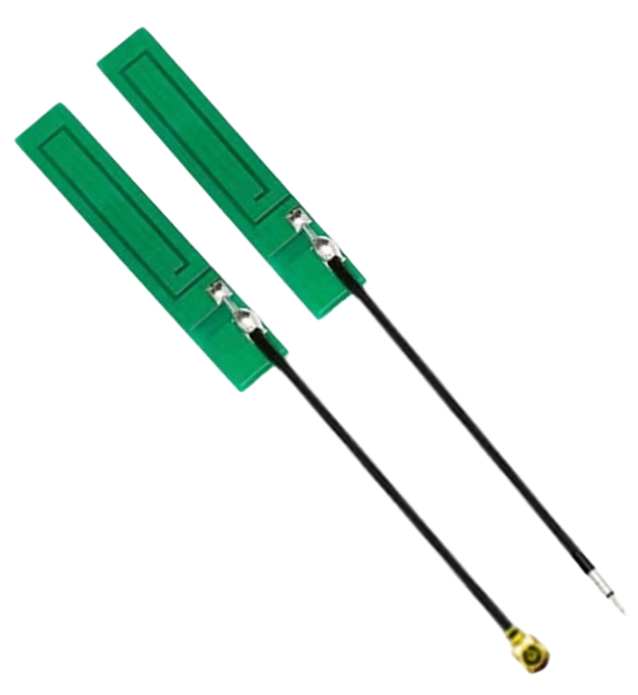PCB wireless antenna design
Designing a Wireless PCB Antenna
Wireless PCB antennas are essential to modern communication systems, enabling devices to send and receive radio-frequency (RF) signals without the need for cumbersome external antennas. To design an effective PCB antenna, several key factors must be considered, including antenna type, frequency band, and antenna dimensions.

Antenna Type
There are several types of PCB antennas, including planar inverted-F antennas (PIFAs), meander-line antennas, and microstrip patch antennas. PIFAs are a popular choice because they can be easily integrated into a PCB design, and they offer good radiation performance across multiple frequency bands. Meander-line antennas are efficient at smaller sizes and are well-suited for mobile devices. Microstrip patch antennas offer high gain and excellent bandwidth, but they require a larger PCB area.
Frequency Band
The choice of frequency band will depend on the application requirements. For example, Bluetooth uses the 2.4 GHz band, while Wi-Fi uses 2.4 GHz and 5 GHz bands. GNSS (Global Navigation Satellite System), such as GPS, uses frequencies in the L1 and L2 bands. The frequency band will determine the size and shape of the antenna, as well as the type of feed network needed.
Antenna Dimensions
The size and shape of the antenna are crucial to its performance. The dimensions will depend on the chosen frequency band and the selected antenna type. For example, a PIFA for the 2.4 GHz band will typically have a length of 33.5 mm, a width of 20.8 mm, and a height of 4.4 mm. The shape of the antenna can also affect its performance, with curved or tapered edges helping to reduce the effects of unwanted RF signals or \"noise\" picked up by the antenna.
PCB Layout
The PCB layout is critical to the antenna's performance. The position and orientation of the antenna on the PCB can affect the signal quality and radiation patterns. The antenna should be placed away from other components that could interfere with the signal or generate unwanted RF noise. The feed network, which connects the antenna to the circuitry, should also be carefully designed to minimize losses and ensure efficient power transfer.
Conclusion
Designing a wireless PCB antenna requires a thorough understanding of the antenna type, frequency band, and antenna dimensions. Attention must be paid to the PCB layout to ensure optimal performance, and the antenna must be positioned and oriented correctly to ensure optimum signal quality. By following these key design principles, engineers can create effective wireless PCB antennas for a wide range of applications.





